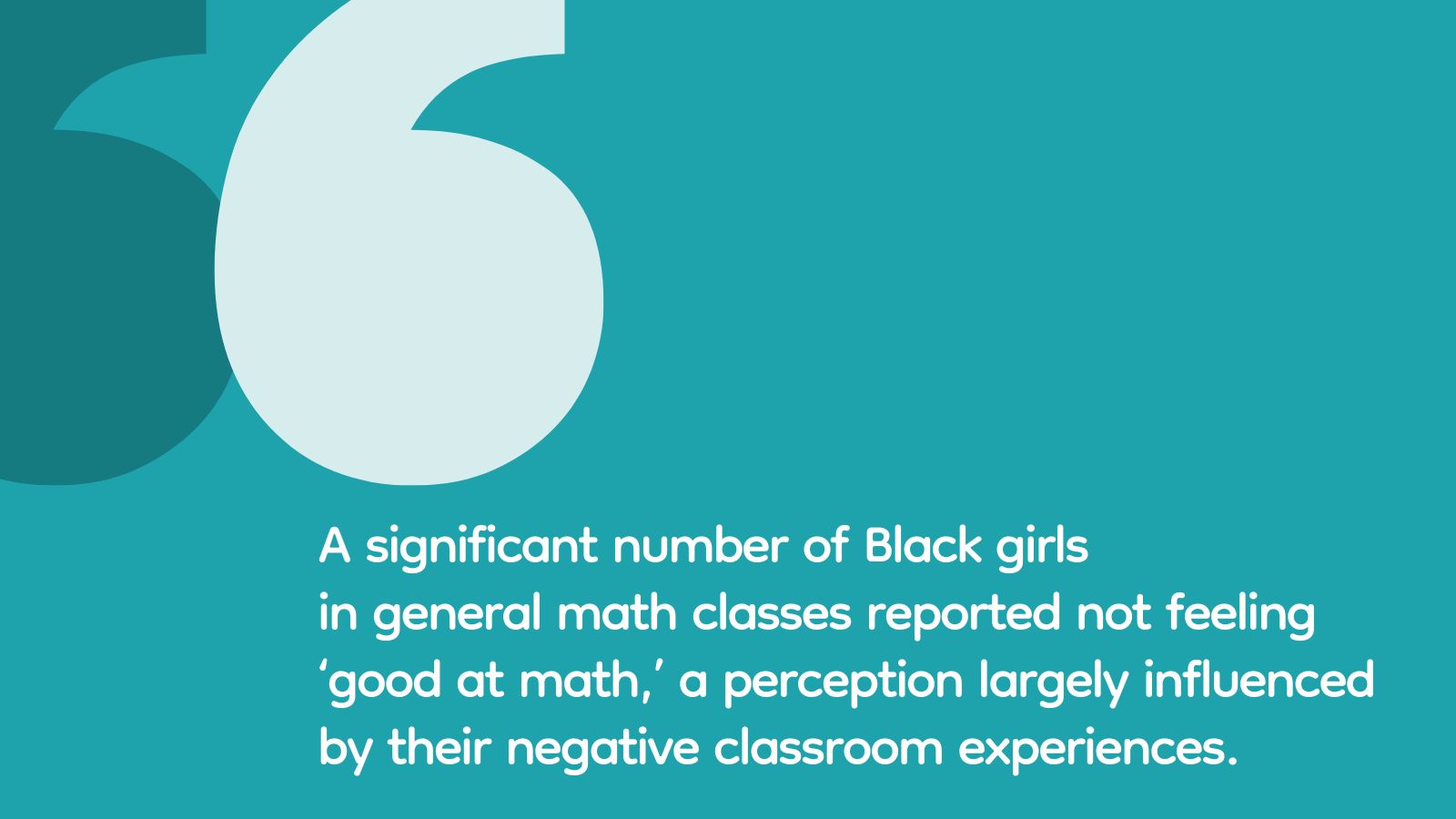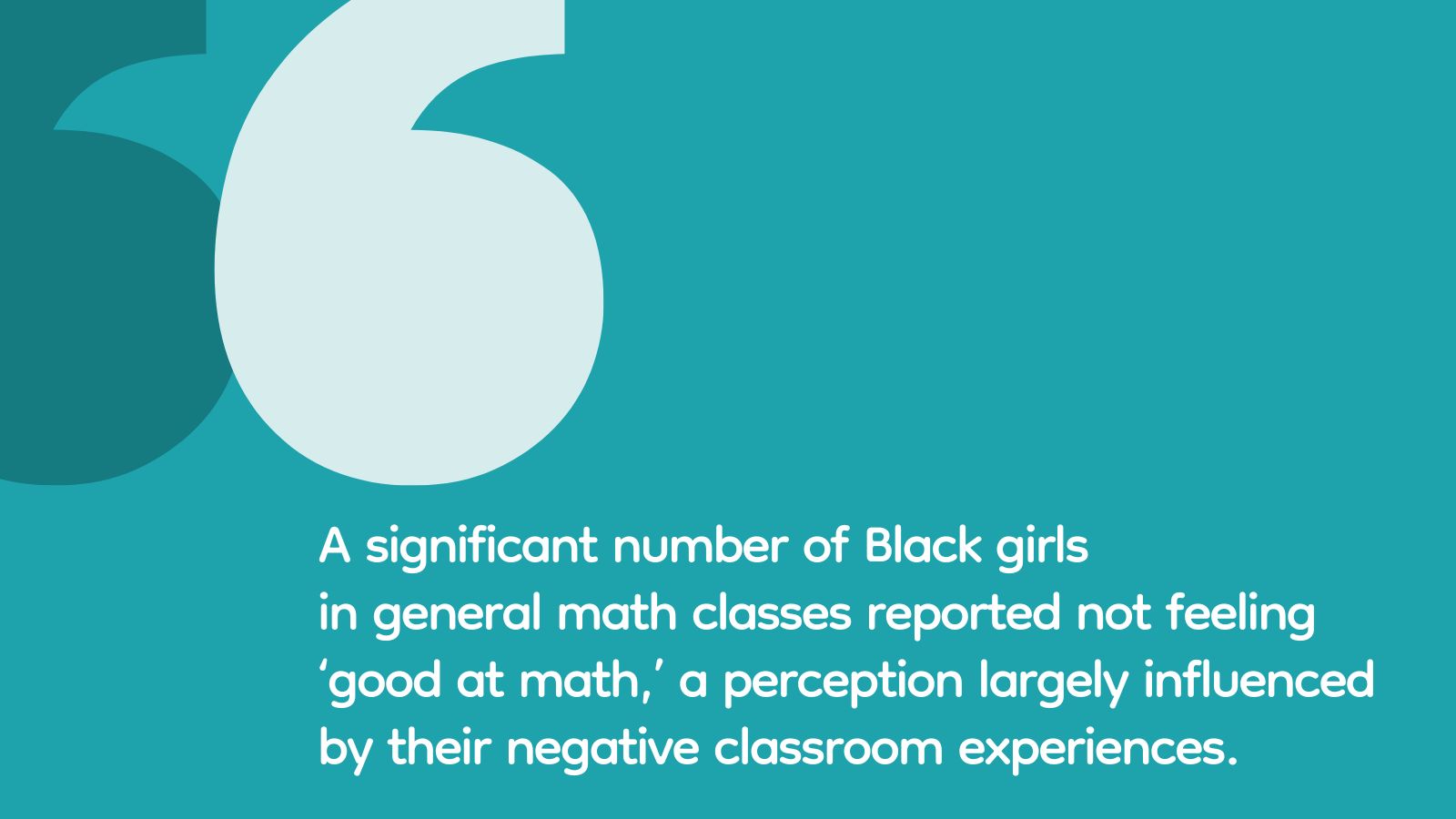As a former math teacher, I’m not surprised that hundreds of students nationwide feel unseen, unsupported, and disconnected in classrooms. Many of these students also question how relevant what they’re learning is to their future. This reality, well-known to math teachers, is especially evident in high school classes, where rigorous content can inspire or alienate. What might surprise you is how much more challenging this experience is for marginalized students, especially Black or disadvantaged students. A recent study explores these disparities, providing valuable insights into how students perceive their math abilities and future implications.
Marginalized high school students report negative experiences with teachers’ math knowledge, weakening their math identity and belief in math’s utility.
This study, conducted by Ashli-Ann Douglas and others, explores how marginalized high school students, predominantly Black and economically disadvantaged, experience and perceive math education. The findings reveal major disparities in how these students perceive their math abilities and its relevance to their futures.
Key findings from Douglas et al. (2024):
- Negative perceptions of teacher support. Many students, especially those in general math courses, reported that their teachers lacked the necessary knowledge and ability to effectively teach math. This often left students feeling unsupported and confused, with Black girls more frequently expressing frustration with their teachers’ methods.
- Challenges in math identity. A significant number of Black girls in general math classes reported not feeling “good at math,” a perception largely influenced by their negative classroom experiences. In contrast, students in advanced math courses were more likely to have a positive math identity, though even these students sometimes doubted their abilities.
- Doubts about math’s relevance. Many students struggled to see the relevance of advanced math to their future careers, particularly when their teachers did not connect the material to real-world applications. This issue especially affected Black girls, who often misunderstood the level of math required for their career aspirations.
- Importance of collaborative learning. Black boys more frequently reported positive experiences with collaborative learning in math classes, which suggests that teachers might underutilize these opportunities or that they are less effective for Black girls.
Can we trust this research?
Not all research measures up equally! Here’s what our We Are Teachers “Malarkey Meter” says when it comes to this publication based on four key factors.
- Peer-reviewed? Yes! This study underwent rigorous scrutiny by experts in the field.
- Sample size: The study involved 251 high school students from 19 schools in a large, urban district in the southern United States. While not the largest sample, it’s substantially larger than many qualitative studies’ samples. They went above and beyond to seek truth in these students’ experiences!
- Trustworthy sources: Dr. Douglas and her team (Bethany Rittle-Johnson, Adriana Méndez-Fernández, Claudell Haymond Jr., Jamila Brandon, and Kelley Durkin) are well-established in the field of education, with numerous publications focused on educational equity, totaling over 16,000 citations. This is also published in the respected academic journal American Educational Research Journal—it is hard to be accepted into this journal!
- Methodology: The study employed qualitative methods—translating students’ words as data points—using focus groups to gather in-depth perspectives from students. This approach effectively explores the nuanced experiences and perceptions of marginalized students. Plus, their large team ensures many rounds of validity checks when gathering the themes. While some economist researchers might not prefer qualitative methods for studies, they are incredibly valuable for helping improve education.
What can teachers take away from this research?
The research team provided these insights for teachers when we reached out to them:
- Strengthen math pedagogical knowledge. Ensure that your teaching methods are effective and accessible to all students. The research team emphasized, “Our research shows the value of asking questions and listening to students, as they offer many insights.”
- Foster a positive math identity. Recognize and celebrate students’ math efforts while fostering a growth mindset and providing individualized support to build their confidence. The study reveals that “students were generally committed to their learning and vocal about their needs, but teachers often ignored or silenced them. This was particularly true for Black girls who face unique, added barriers in their math classes.”
- Connect math to real-life applications. Make math relevant by connecting lessons to students’ future careers and everyday lives. Help students understand how math can be a powerful tool in achieving their goals. The research team emphasized the importance of listening to students who are not typically vocal or centered in math classrooms.
- Promote collaborative learning. Create more opportunities for students to work together on math problems. The researchers noted, “Eliciting, listening to, and addressing all students’ concerns and suggestions is a useful and practical way for teachers to gather feedback and work toward improving the effectiveness of their instruction and learning environment.”
We can transform how marginalized high school students experience math. This study highlights the role of positive teacher interactions in shaping math identities and showing the relevance of math. By listening to students, connecting lessons to real life, and fostering an inclusive environment, we help all students, especially those feeling unseen, realize their potential. We can teach math while empowering students to see themselves as capable and ready to succeed.


